While generation dominates strategy and headlines, it’s consumption – particularly in heavy industry – that presents some of the most complex decarbonisation challenges. The truth is, a massive slice of Australia’s energy use isn’t going into homes or cars – it’s going into heat. From firing bricks to sterilising food and manufacturing cement, thermal energy underpins the most essential and emissions-intensive industries. Today, industrial energy demand accounts for 42% of Australia’s total final energy consumption, of which half is used for process heating.
The infrastructure mismatch: where our energy really goes
Despite its scale, industrial heat has been in the shadows of Australia’s development of clean energy solutions. This is largely due to the fundamental mismatch between the thermal requirements of heavy industry and the limitations of available clean energy technologies.
Renewables like wind and solar are essential pillars of a decarbonised grid, but their variable output cannot meet the round-the-clock, high-temperature demands of heavy industry. When generation dips, manufacturers are forced to revert to fossil fuels to maintain operations. Battery storage, while critical for electrical grid stability and short-duration power balancing, is fundamentally limited by its discharge duration, round-trip efficiency, and cost per kWh of thermal output when repurposed for heat. Such constraints make it an ill fit for applications requiring continuous, high-temperature heat over extended periods.
The misalignment has left a significant emissions source under-addressed, and one that must be considered if Australia is to meet its long-term climate goals.
The missing piece: ETES
The good news? A scalable and proven solution already exists. Electro-thermal energy storage (ETES) provides a technically viable way to decarbonise industrial heat. These systems convert surplus renewable electricity into stored thermal energy, which can later be released as dispatchable, high-grade heat, regardless of weather or time of day.

Image: MGA Thermal
Commercial-scale demonstrations, including pilot systems operating in Australia, have proven the feasibility of ETES in delivering continuous, emissions-free heat at industrial scale. MGA Thermal’s 5 MWh demonstration unit uses phase-change blocks that store energy as latent heat and releases the energy as high-temperature steam. Engineered to have a compact footprint and to be readily scalable, it integrates with existing infrastructure, showing how ETES can be deployed without costly overhauls or extended operational downtime.
It’s just one illustration of how ETES can bridge the gap between variable clean energy generation and the continuous heat demands of industry, unlocking new opportunities to power industrial processes with clean energy.
Integrating ETES into Australia’s decarbonisation toolkit
If Australia is to meet its net-zero targets, we must broaden our focus to include industrial use. Solutions like ETES don’t require a wholesale reinvention of industrial operations but give us a way to decarbonise legacy infrastructure and build future-ready systems in parallel.
With the right policy signals, industry-government collaboration, and targeted investment, ETES could help decarbonise some of our most emission-intensive sectors while also supporting energy resilience, job retention, and competitiveness in a world increasingly aligned with low-carbon production standards.
The path to net zero doesn’t end with clean generation. To get there, we need to address how energy is used across the economy, particularly in sectors that can’t afford to be left behind. By embracing technologies like ETES, we can address one of the energy transition’s blind spots and ensure that Australia’s industrial sector remains strong, sustainable and globally competitive.
Author: Erich Kisi, Executive Chair and Co-Founder of MGA Thermal
The views and opinions expressed in this article are the author’s own, and do not necessarily reflect those held by pv magazine.
This content is protected by copyright and may not be reused. If you want to cooperate with us and would like to reuse some of our content, please contact: editors@pv-magazine.com.
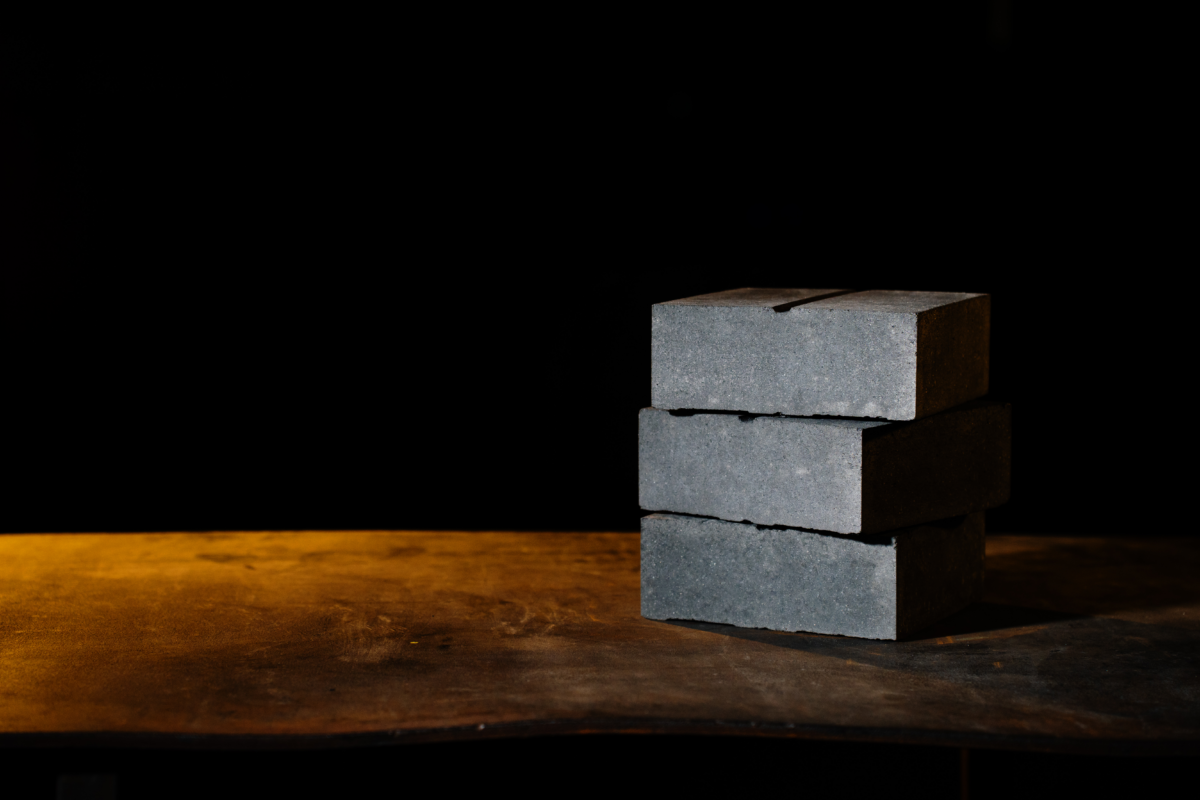
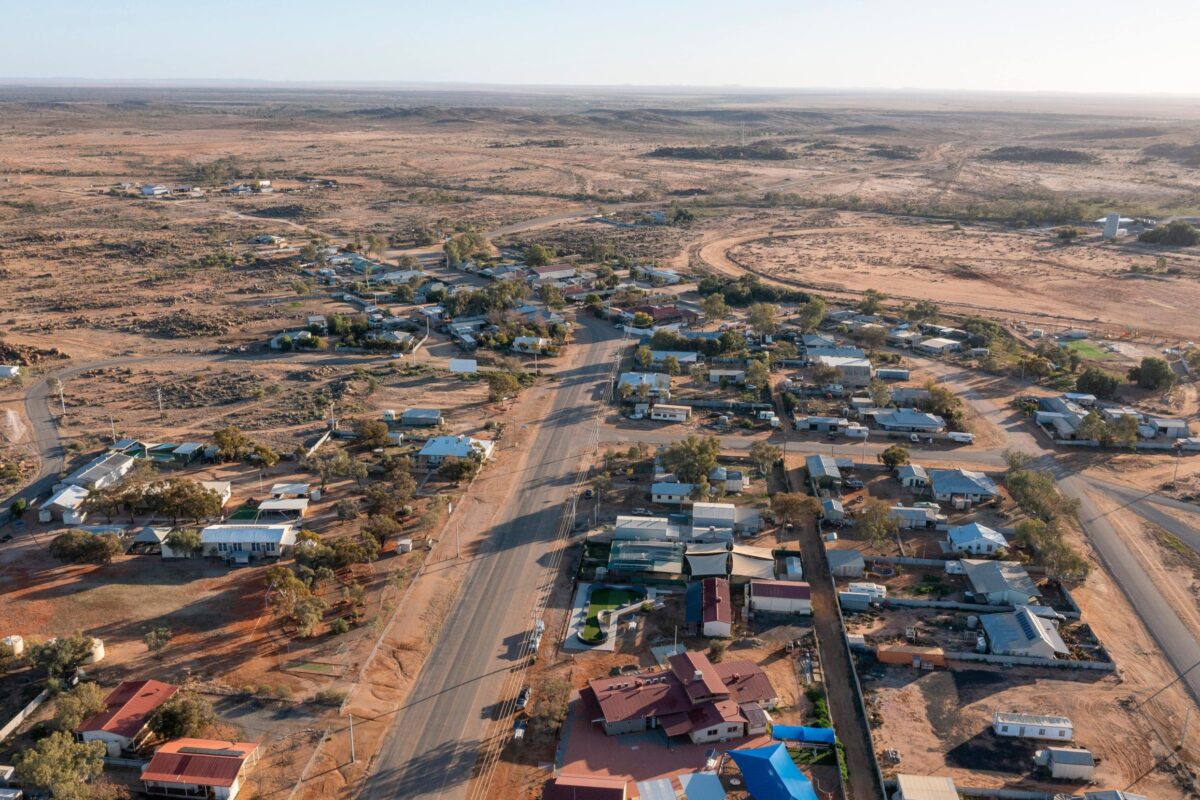

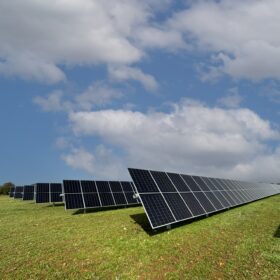
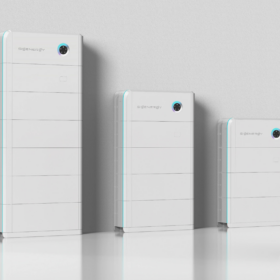
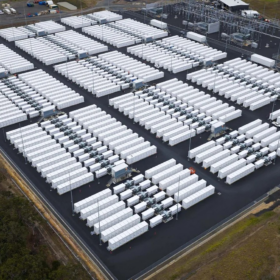
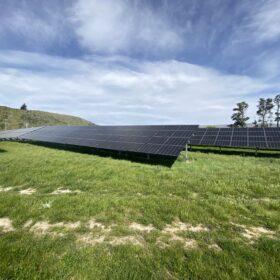
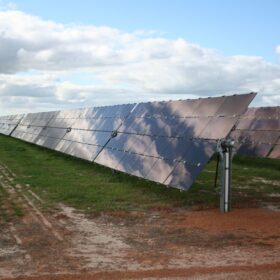
By submitting this form you agree to pv magazine using your data for the purposes of publishing your comment.
Your personal data will only be disclosed or otherwise transmitted to third parties for the purposes of spam filtering or if this is necessary for technical maintenance of the website. Any other transfer to third parties will not take place unless this is justified on the basis of applicable data protection regulations or if pv magazine is legally obliged to do so.
You may revoke this consent at any time with effect for the future, in which case your personal data will be deleted immediately. Otherwise, your data will be deleted if pv magazine has processed your request or the purpose of data storage is fulfilled.
Further information on data privacy can be found in our Data Protection Policy.